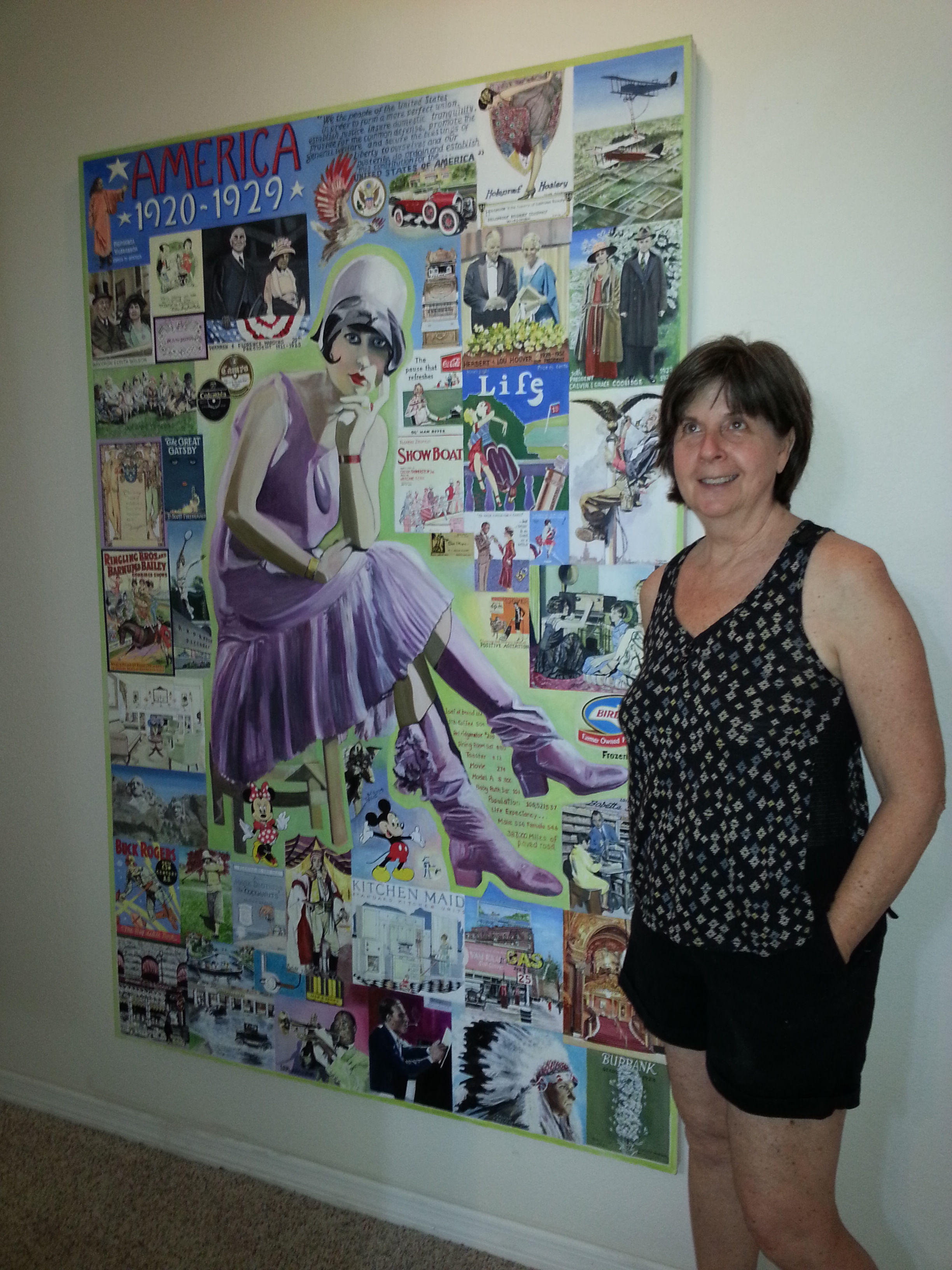The Skinny on Skin! by Terry Ryan
They have been warning us for years…the skin police. Don’t go outside without SPF50 on your skin. Blah, blah, blah. Where were they when I was pouring iodine into the baby oil and slathering it on my body to enhance the perfect burn? Nowhere, that’s were they were. Now I look at the skin of […]
Is Vitamin D Really Important? by Terry Ryan

Is vitamin D really Important? You bet it is! What is vitamin D? Vitamin D is one of the many fat-soluble vitamins important to the body. This vitamin however, is more than just a vitamin and in the body acts more like a steroid hormone. This hormone affects over 2000 genes and is found in […]
Hashimoto’s Thyroiditis
Hashimoto’s thyroiditis. Yes, that’s a mouthful. I told someone I had that once and they burst out loud laughing. I guess they found the name funny. It wasn’t funny to me or to anyone who has been diagnosed with HT but unfortunately that is what I have. What is it? It is an autoimmune disease […]
Meditation by Guest Blogger Bobette Stanbridge

I asked Bobette Stanbridge to be a guest blogger. I can tell just from talking to her that Bobette has had an interesting life; once living in California and then upstate NY and now in Sarasota, FL, where she has a sprawling beautiful home and a large art room where she creates her wonderful paintings […]
Juicing Made Easy!

Juicing Myths and Myths About Juicing Juicing Myths? There are many myths surrounding the juicing industry that often confuses consumers. There are those that say it’s a waste of time and money and others that claim it’s just another craze. But yet, there is no denying that juicing is good for you. There’s also no […]